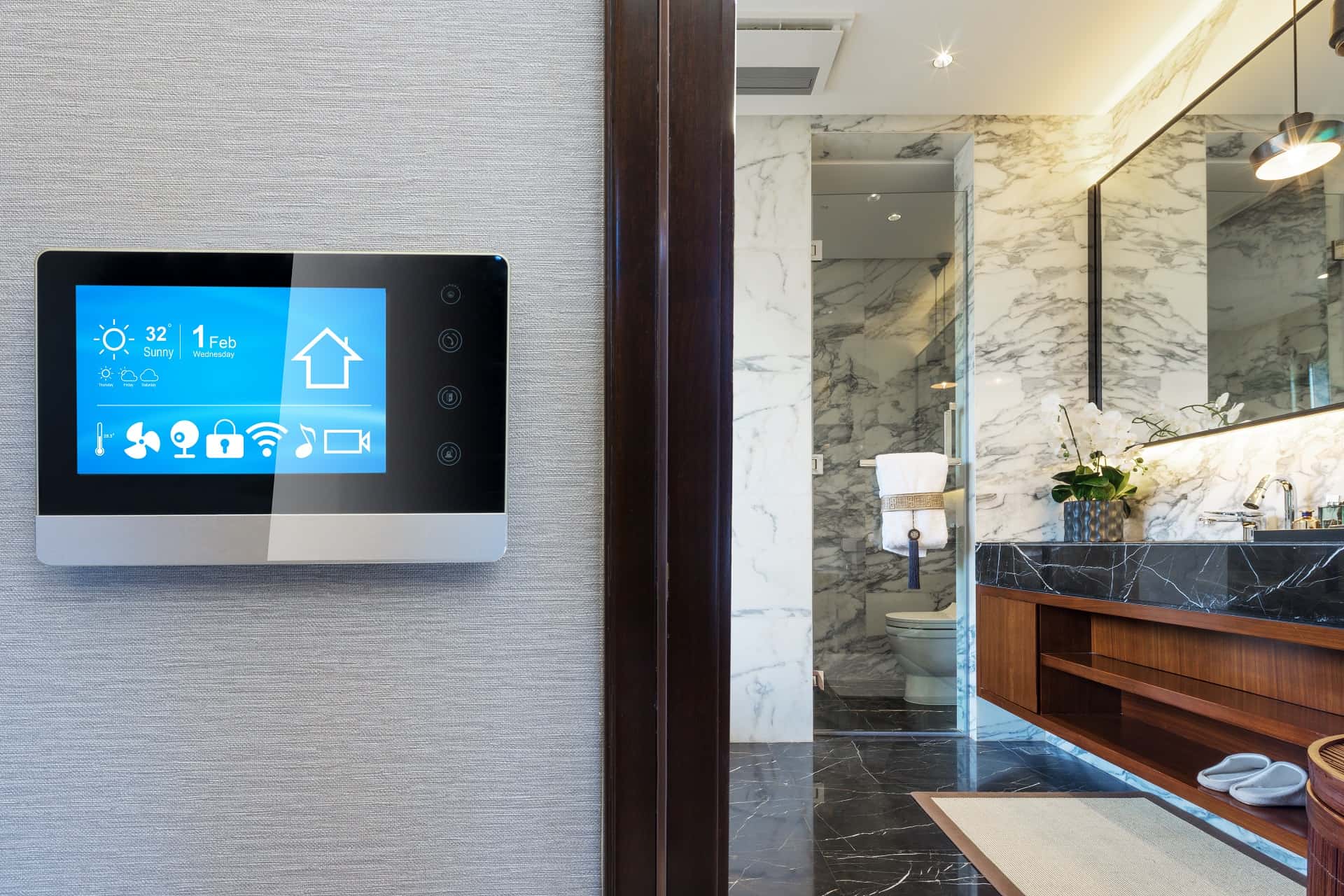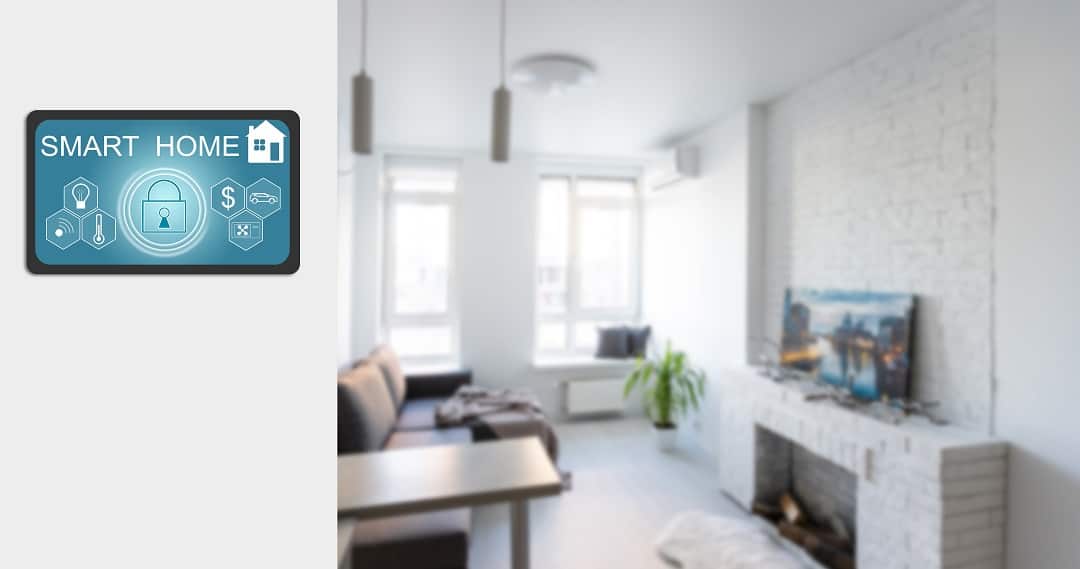Smart lighting companies claim their products can improve sleep by adjusting brightness and color temperature, but is this backed by science, or just clever marketing? Many people struggle with falling asleep due to artificial lighting and screen exposure, so the idea of using smart bulbs to regulate sleep cycles is appealing. In this post, we’ll explore how light affects the body’s internal clock, whether smart bulbs can actually support better sleep, and what research says about their effectiveness.
Smart Light Features and Bulb Types
Smart lights come with a variety of features that can be controlled using a smartphone app. Many models allow users to control the lights via voice assistants like Alexa or Google Assistant. These features often include the ability to turn on and off, adjust brightness levels, and change colors. Some smart lights can be set to follow schedules, turning on and off at specific times to fit daily routines. Another common feature is the ability to dim the lights gradually, which can be used to mimic natural sunlight patterns.
There are several popular types of smart bulbs available on the market. LED bulbs are widely used due to their energy efficiency and long lifespan. They are available in a range of colors and brightness levels. Another type is the smart filament bulb, which combines the classic look of vintage bulbs with modern smart features.
Improved Sleep Quality from Controlling Lighting
Research has shown that lighting can have an impact on sleep patterns. Studies show that certain types of light can help regulate the body’s internal clock, also known as the circadian rhythm. This rhythm affects when you feel sleepy or awake. Blue light, for example, is known to keep people alert, which is why it’s often recommended to reduce exposure to screens before bedtime.
A study published in the National Library of Medicine found that across multiple studies, exposure to blue light close to bedtime reduced tiredness, reduced sleep quality, reduced the impact of sleeping, and found that it took longer to fall asleep. Another study published in Nature found that individuals exposed to outdoor light during the day and restricting blue light and device use at night had better sleep quality, mood, memory, and concentration. These are just a few of many different studies on the impact of blue light on sleep across demographics.
By adjusting your home’s lighting to mimic natural sunlight—brighter, cooler tones during the day and warm, dim lighting in the evening—smart lighting may help regulate sleep cycles and improve overall well-being. While individual results can vary, these findings suggest that smart lighting could be a helpful tool for supporting healthier sleep habits.
Color Temperature and Its Effect on Sleep
Color temperature refers to the warmth or coolness of light, measured in Kelvin (K). Lower color temperatures (under 3000K) produce warm, yellowish light, similar to candlelight or traditional incandescent bulbs, which can help the body relax in the evening. Higher color temperatures (above 5000K) create cool, bluish light, similar to daylight, which promotes alertness and wakefulness. Exposure to cooler light during the day can boost focus and energy, while shifting to warmer light at night can signal the body that it’s time to wind down, supporting a healthier sleep cycle.
How Smart Lighting Can Support Better Sleep
Preset schedules in smart lighting systems can change the color of your lighting throughout the day. These systems can be set to emit cooler light in the morning and during work hours, and gradually shift to warmer light as the evening approaches. This adjustment aligns with the natural progression of daylight, which can help in maintaining a consistent sleep-wake cycle. The convenience of automated schedules means users do not have to manually change settings, allowing the lighting to adapt to different times of the day without additional effort.
In Summary
Smart lighting offers an easy way to support healthier sleep patterns, thanks to its ability to adjust brightness and color temperature in sync with the body’s circadian rhythms. While research and user experiences report benefits, results may vary depending on personal habits and sensitivity to light. If you’re struggling with sleep, investing in a smart lighting system that mimics natural light patterns could be a worthwhile experiment—especially if you’re already using other sleep-friendly habits, like reducing screen time before bed.



